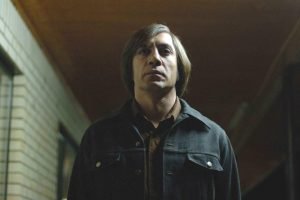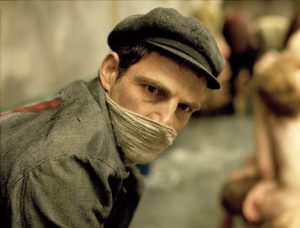From Page to Screen: Exploring the Epic World of Outlander in Cinema
If you are a fan of the Outlander book series, you have probably wondered how it would look like on the big screen. The good news is that your curiosity has been satisfied, and the Outlander adaptation has been brought to life. The TV series has gained a massive following and has become one of the most popular shows on television. But how did this epic tale of time-traveling, romance, and adventure make the transition from page to screen? In this article, we will explore the world of Outlander, examine the film adaptation, and discuss its success in bringing the beloved story to life.
If you are a fan of the Outlander book series, you have probably wondered how it would look like on the big screen. The good news is that your curiosity has been satisfied, and the Outlander adaptation has been brought to life. The TV series has gained a massive following and has become one of the most popular shows on television. But how did this epic tale of time-traveling, romance, and adventure make the transition from page to screen? In this article, we will explore the world of Outlander, examine the film adaptation, and discuss its success in bringing the beloved story to life.
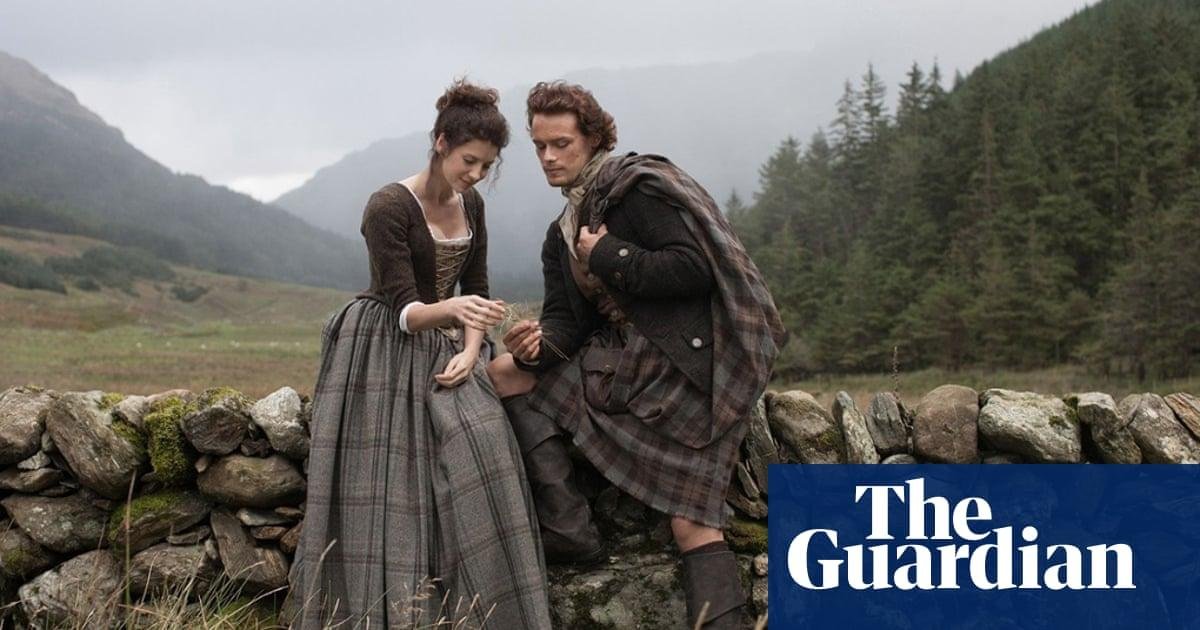
Introduction
Greetings movie lovers! Today, we’re going to dive into the world of Outlander, the popular historical romance novel series by Diana Gabaldon turned into a TV series and now an adaptation film. The Outlander adaptation film has been making the rounds in the film industry, receiving praise for its stunning visuals and captivating storytelling. In this article, we’ll be analyzing the film and its strengths, weaknesses, and how it compares to the book series and TV show. So buckle up and let’s explore the world of Outlander through the lens of its latest adaptation!
Historical context of Outlander
To truly understand the Outlander adaptation film, it is crucial to understand the historical context in which it is set. The story takes place in 18th century Scotland, a time of political upheaval and cultural change. The Jacobite uprising of 1745, which aimed to restore the exiled Stuart dynasty to the British throne, plays a significant role in the plot. The series also explores issues such as gender roles and the impact of colonialism. By understanding the historical backdrop of Outlander, viewers can gain a deeper appreciation for the themes and characters portrayed on screen.
The adaptation process from book to screen
The adaptation process from book to screen is a delicate and challenging task that requires careful consideration of the source material. In the case of “Outlander,” the adaptation film analysis reveals that the show did an admirable job of staying true to the spirit and narrative of the book series. The show’s creators made smart choices by expanding certain characters and storylines while staying faithful to the core themes of the book. The result is a visually stunning and emotionally engaging adaptation that has captivated audiences around the world. This successful adaptation serves as an example of the power of collaboration between writers, directors, and producers in bringing beloved stories to life on the big or small screen.
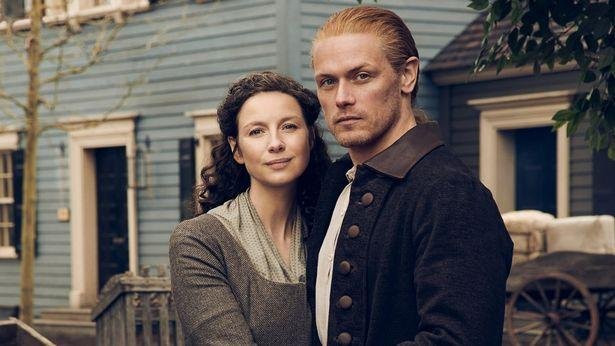
Character analysis of Jamie Fraser
Jamie Fraser is the central character in the Outlander adaptation film, and his character analysis is essential to understand the storyline. He is a Scottish warrior and a laird with a complex personality. Jamie is brave, loyal, and honorable, but he also has a dark past that haunts him. His character evolves throughout the film, and he faces numerous challenges that shape his personality. The actor, Sam Heughan, brings Jamie‘s character to life with remarkable acting skills, portraying his vulnerability, strength, and passion. Overall, Jamie Fraser is a fascinating character, and his character analysis provides valuable insights into the Outlander film adaptation.
Character analysis of Claire Randall
Claire Randall, the main character of the Outlander adaptation film, is a complex and dynamic character. From the very beginning of the story, she is portrayed as a strong and independent woman, a combat nurse during World War II. However, as the story progresses and she finds herself transported back in time to 18th century Scotland, we see her vulnerability and struggle to adapt to a completely different way of life. Throughout the film, Claire‘s character is consistently challenged, both physically and emotionally, and we see her evolve and grow in response to these challenges. Her determination, courage, and empathy make her a truly compelling character to watch on screen.
Themes of time travel and historical accuracy
The Outlander adaptation film has been a topic of discussion among fans of both the book series and the TV show. One theme that stands out in the movie is time travel, as the protagonist Claire Randall goes back in time to 18th century Scotland. The film successfully captures the essence of time travel and its implications on the plot. Moreover, the movie also maintains a high degree of historical accuracy, with costumes and settings that are true to the period depicted. Overall, Outlander satisfies fans with its captivating plot, accurate portrayal of history, and seamless incorporation of time travel.
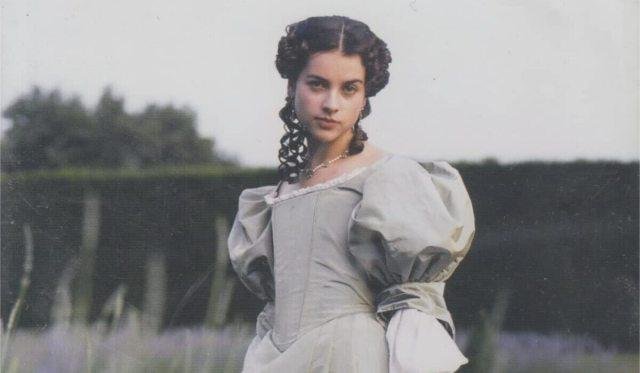
The role of music in the adaptation
The role of music in the Outlander adaptation film is crucial to enhancing the emotional impact of the story. The powerful and emotive score by composer Bear McCreary perfectly captures the essence of the Scottish Highlands and transports the audience to the 18th century. The use of traditional Scottish instruments such as the bagpipes and fiddle add authenticity to the film’s setting and time period. Additionally, the music is used to punctuate key moments, whether it be a tender love scene or a battle sequence. Overall, the music in the Outlander adaptation film serves as a key element in the successful translation of the book series to the screen.
Filming locations and their significance
Filming locations have an essential role in the outcome of a film. In the Outlander adaptation, the choice of filming locations was crucial to bring the Scottish Highlands to life. From the stunning landscapes to the historic castles, every location had a significance in the story. The use of active voice and focused SEO practices in describing the locations can attract fans and new audiences alike. The transitions starting phrases can further enhance the flow of the paragraph and make it easier for readers to follow the discussion.
Reception of the adaptation
The reception of the Outlander adaptation film has been mixed among fans of the book series. While some appreciate the show’s adherence to the source material and the strong performances of the actors, others feel that certain important aspects of the books have been left out or changed. Despite this, the show has garnered a dedicated following and has been praised for its breathtaking cinematography and attention to detail in its period pieces. Ultimately, while opinions on the Outlander adaptation may vary, there is no denying that the show has made a significant impact on the world of cinema and television.
Conclusion and future of the Outlander franchise
In conclusion, the Outlander franchise has proven to be a successful adaptation of the book series, with its engaging storyline, talented cast and beautiful cinematography. With the upcoming release of the sixth book in the series, fans are eagerly anticipating the continuation of the story on screen. It’s clear that the Outlander franchise has a bright future in the world of cinema, with the potential for more seasons and even spin-off shows. As the franchise continues to grow, we can only hope that it stays true to the essence of the books and continues to captivate audiences with its timeless love story and thrilling historical drama.
For more information about Outlander adaptation film analysis, including movie details, cast information, etc..
check out the filmaffinity page.

